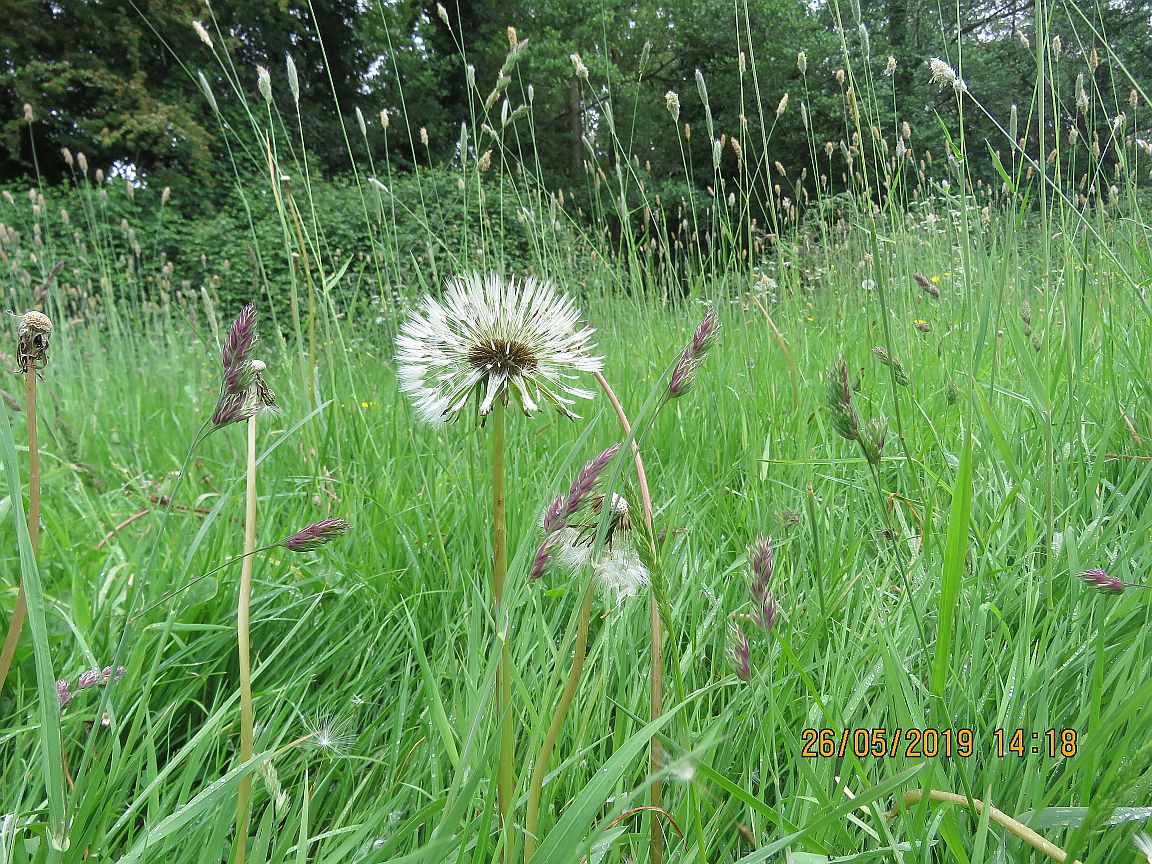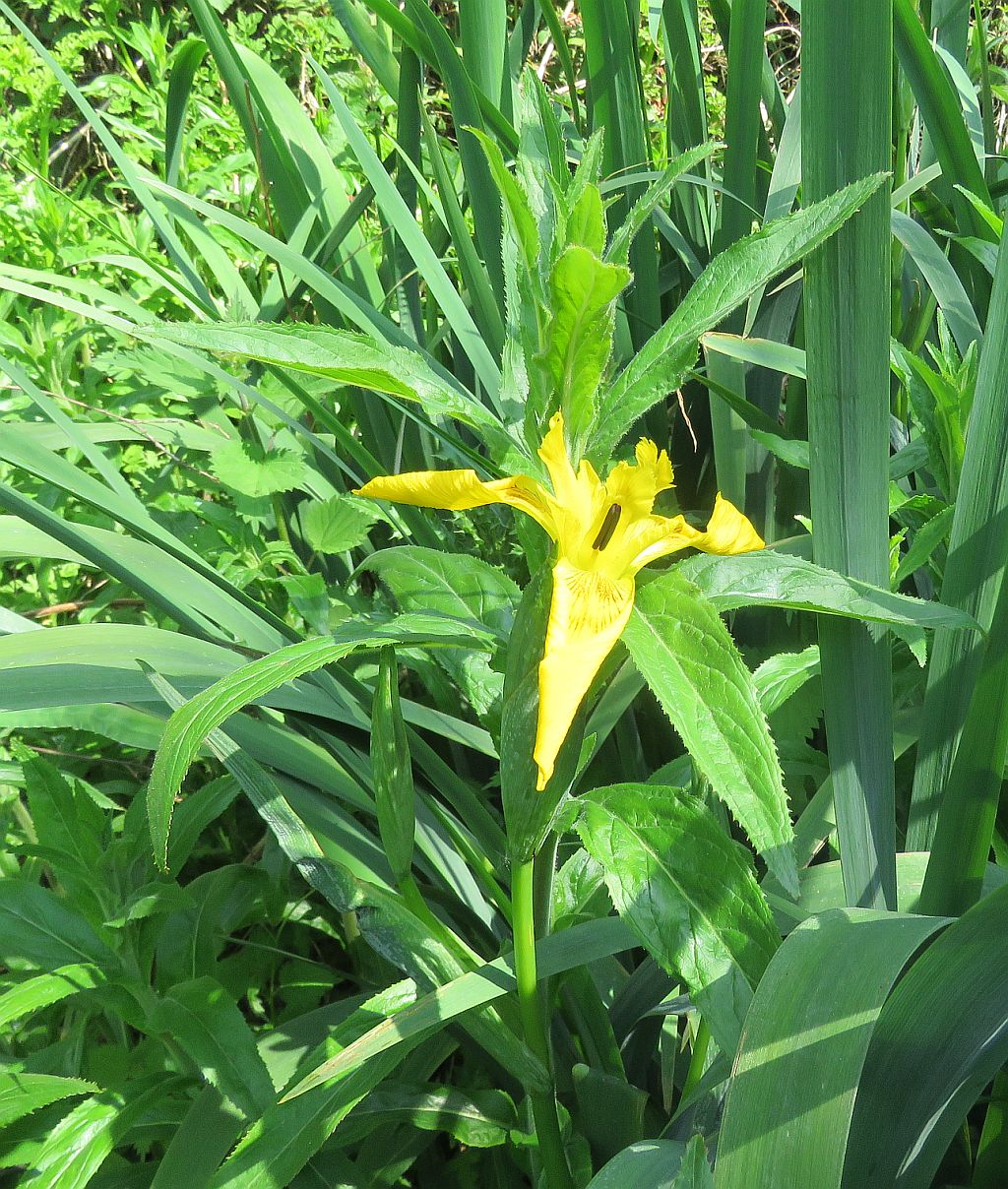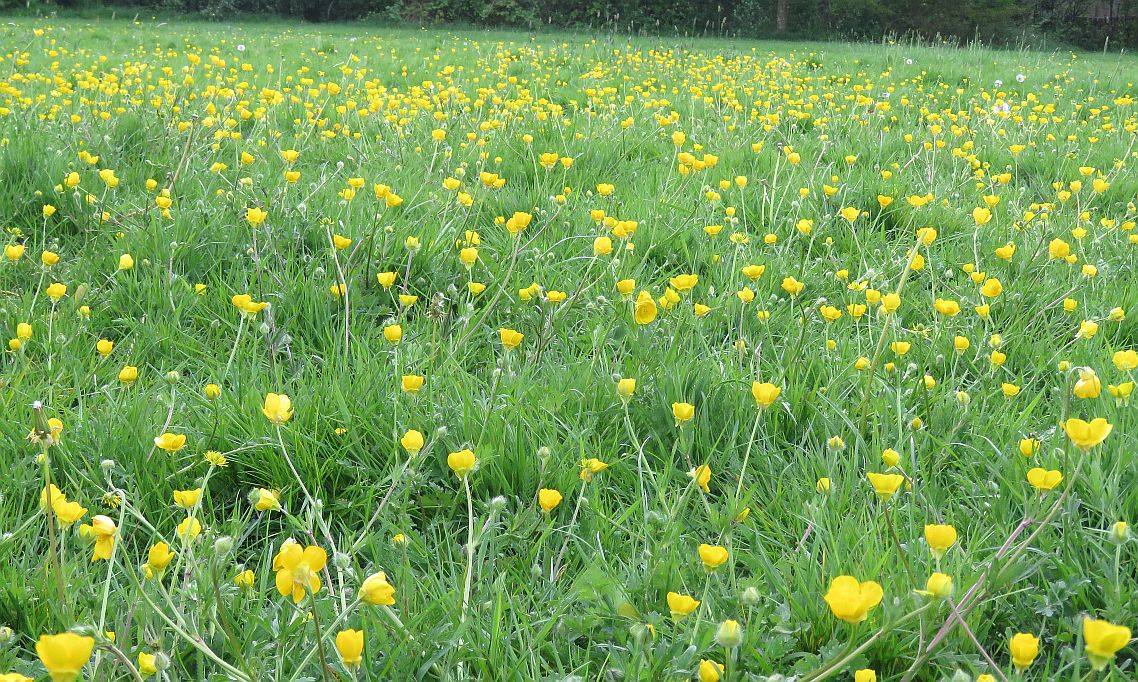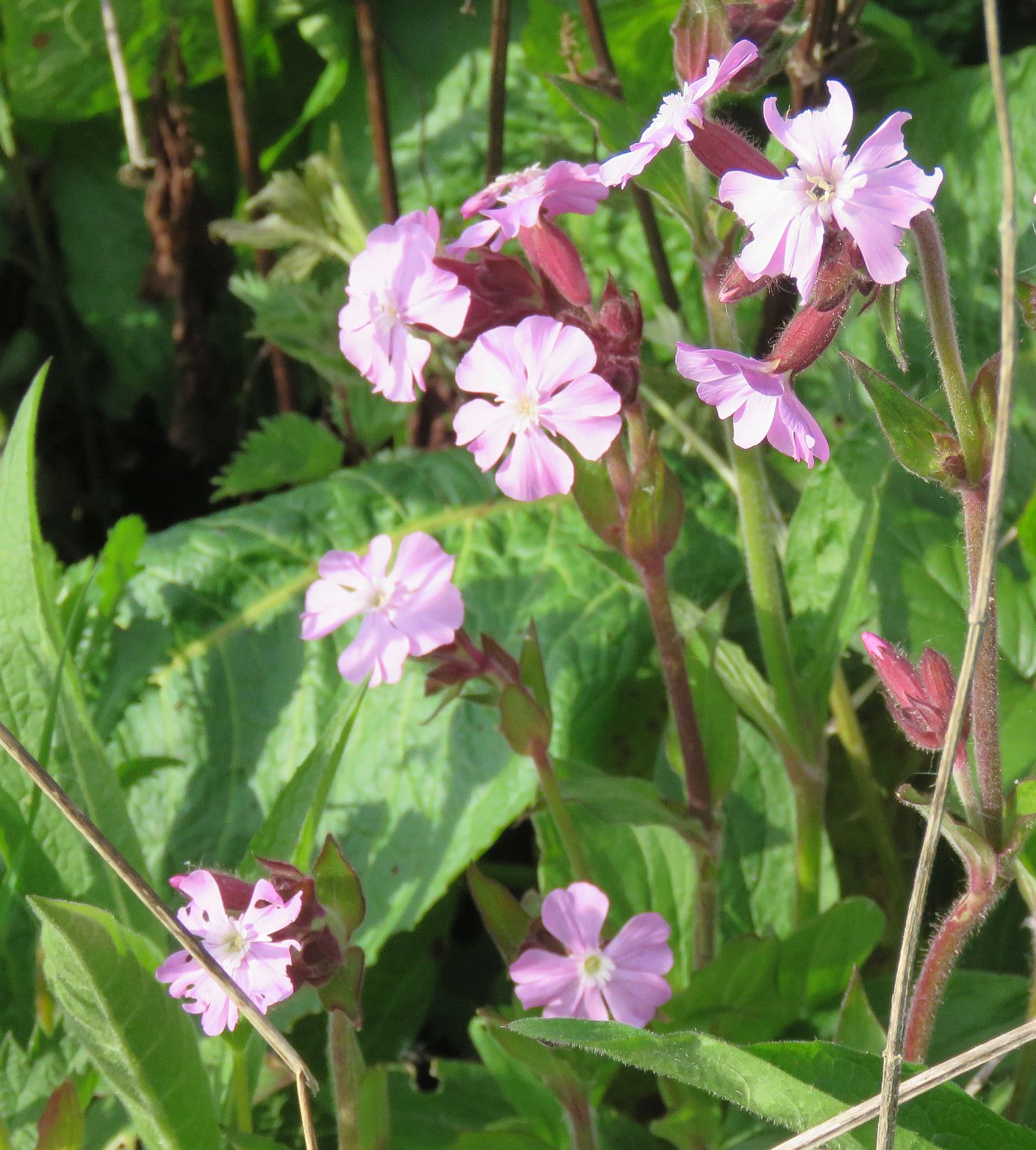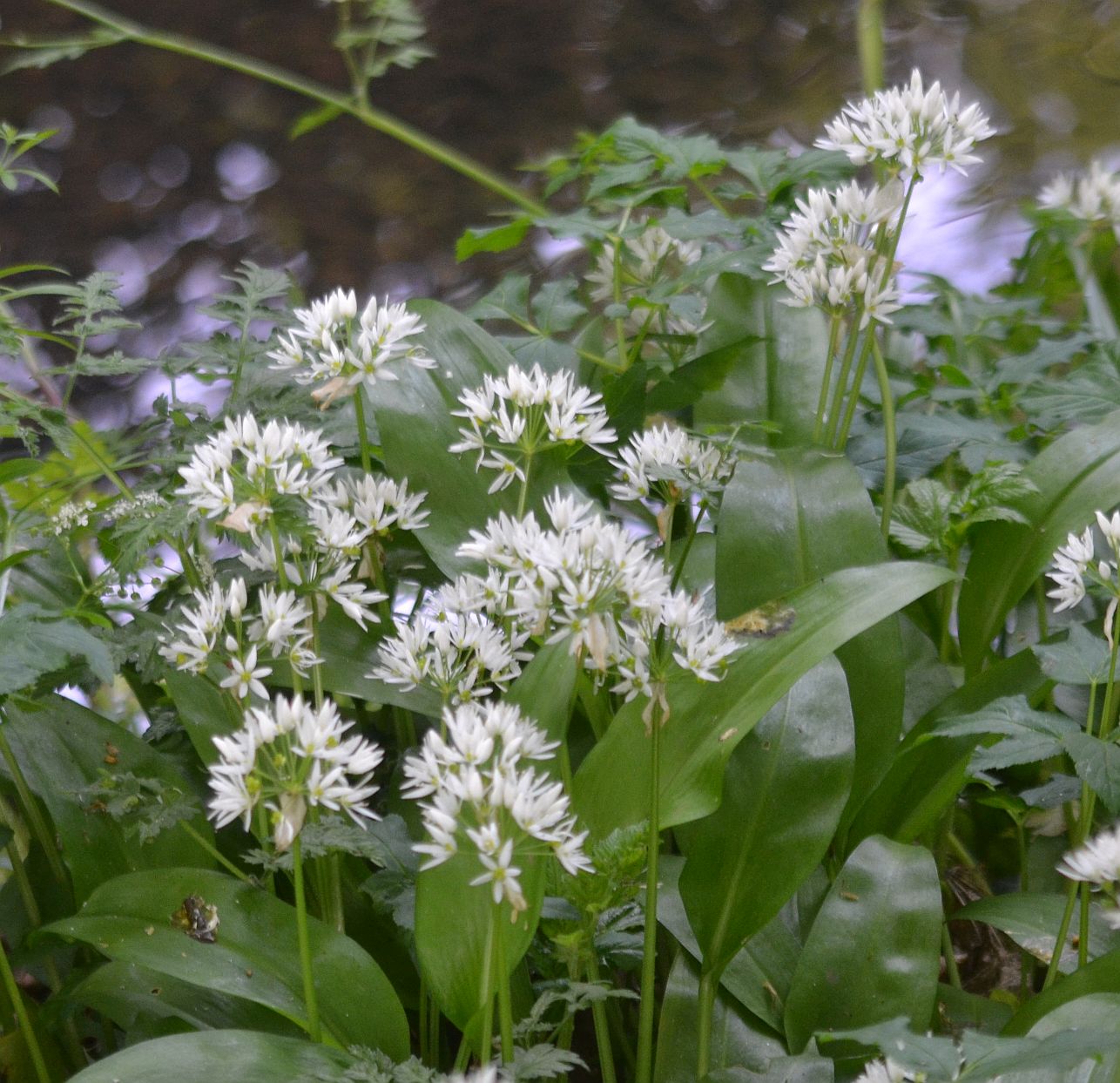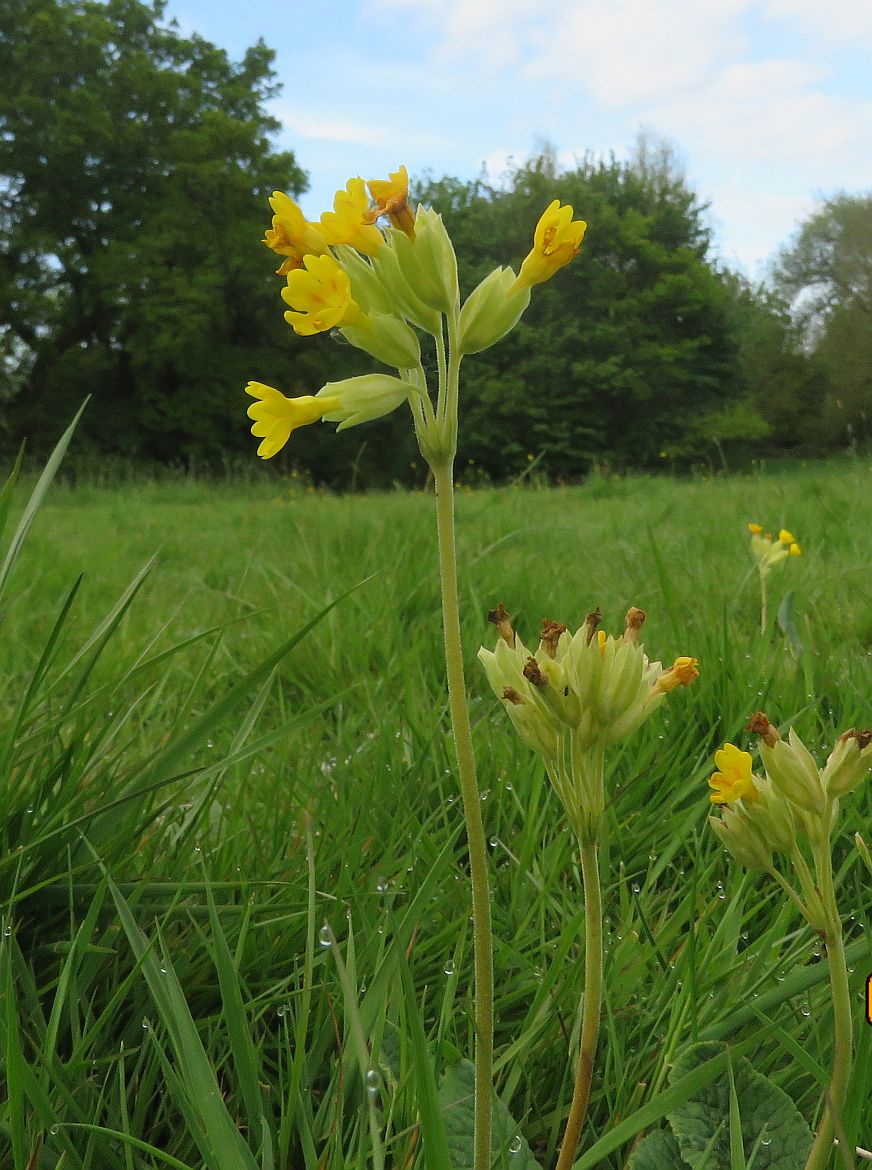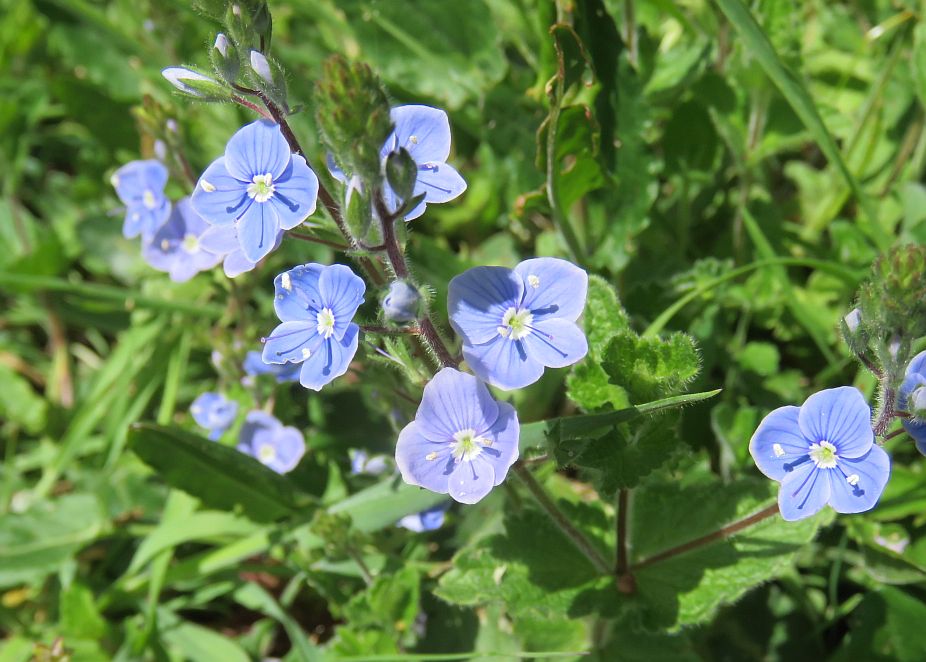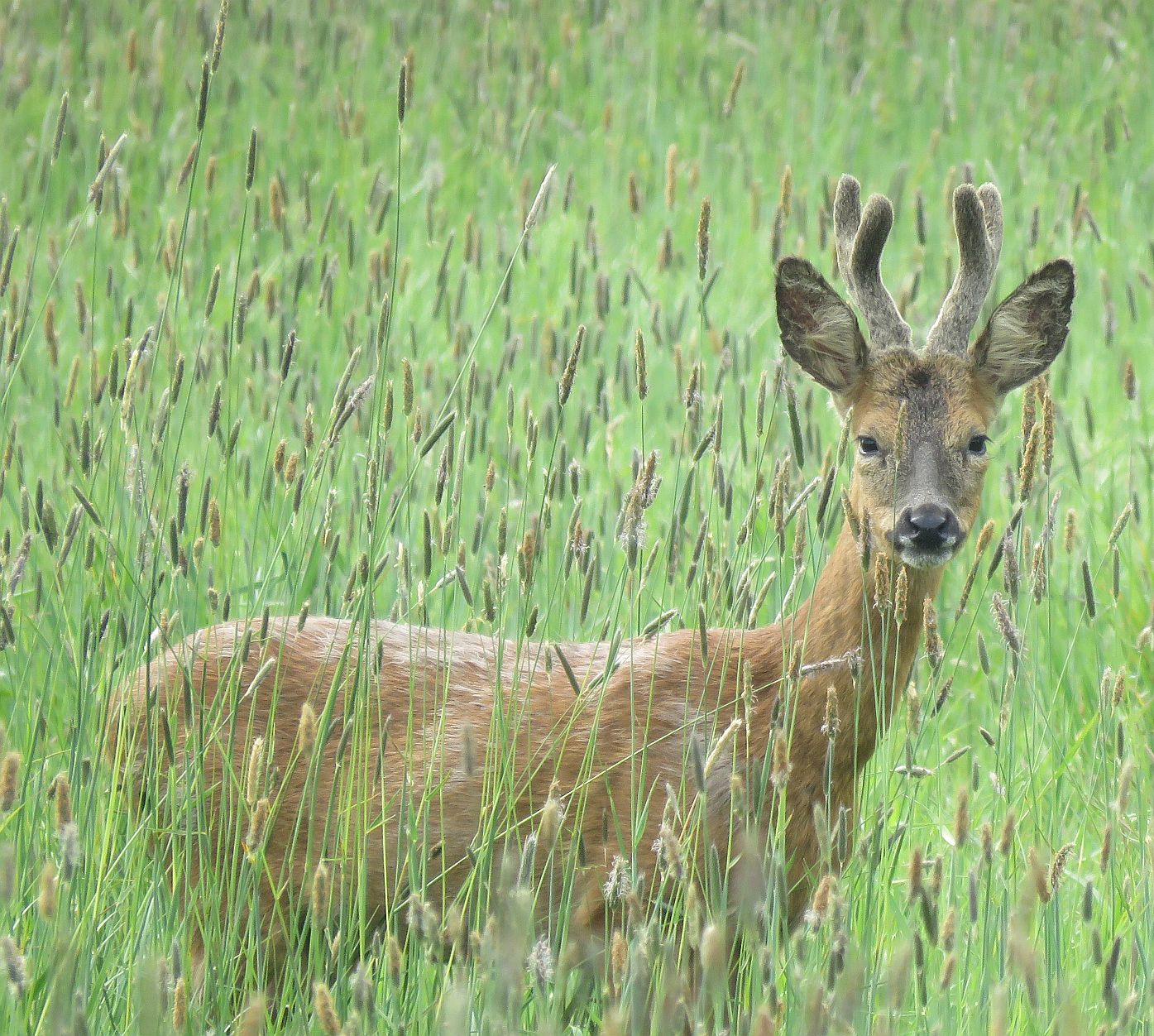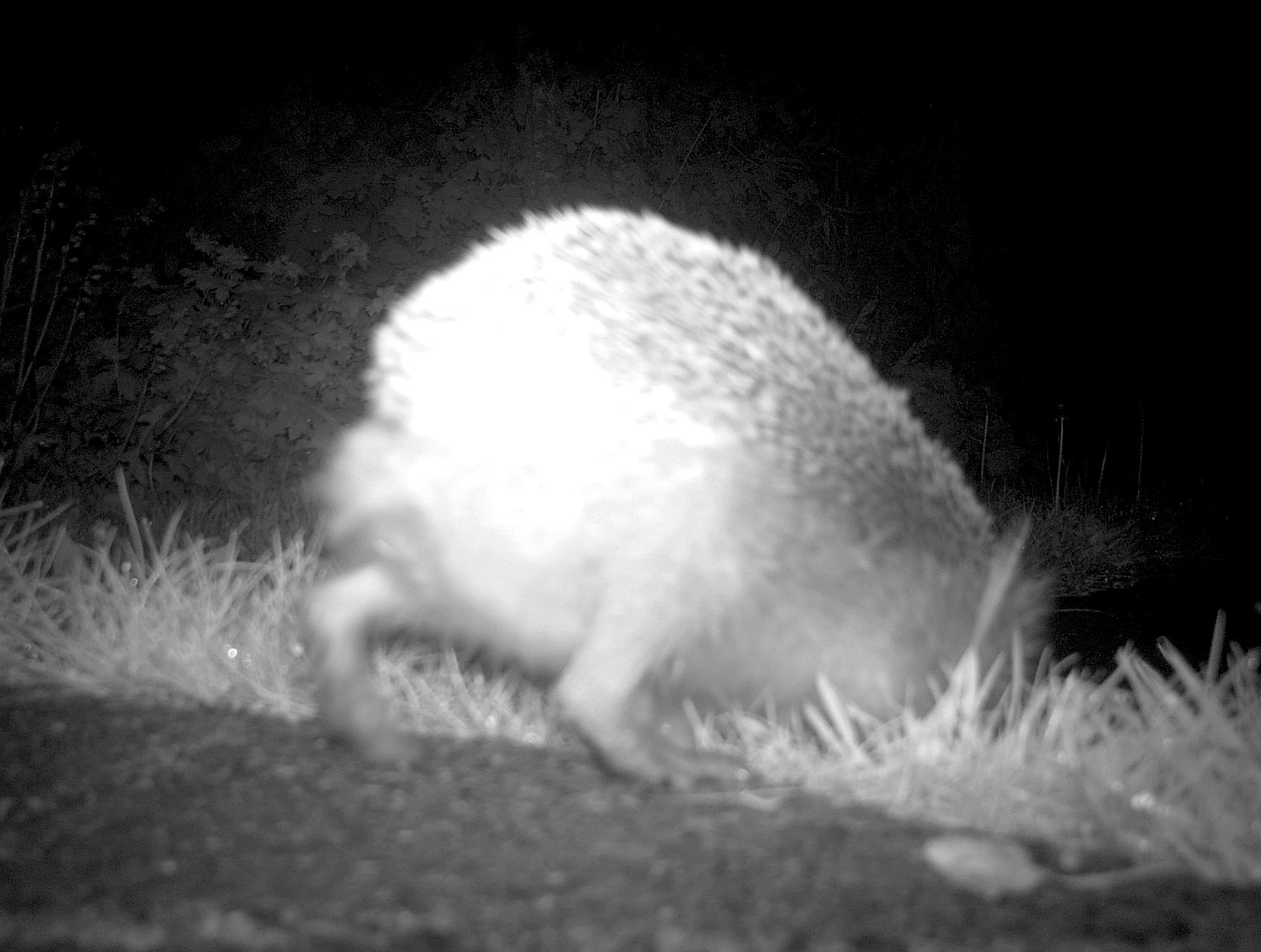Insects
30/05/19
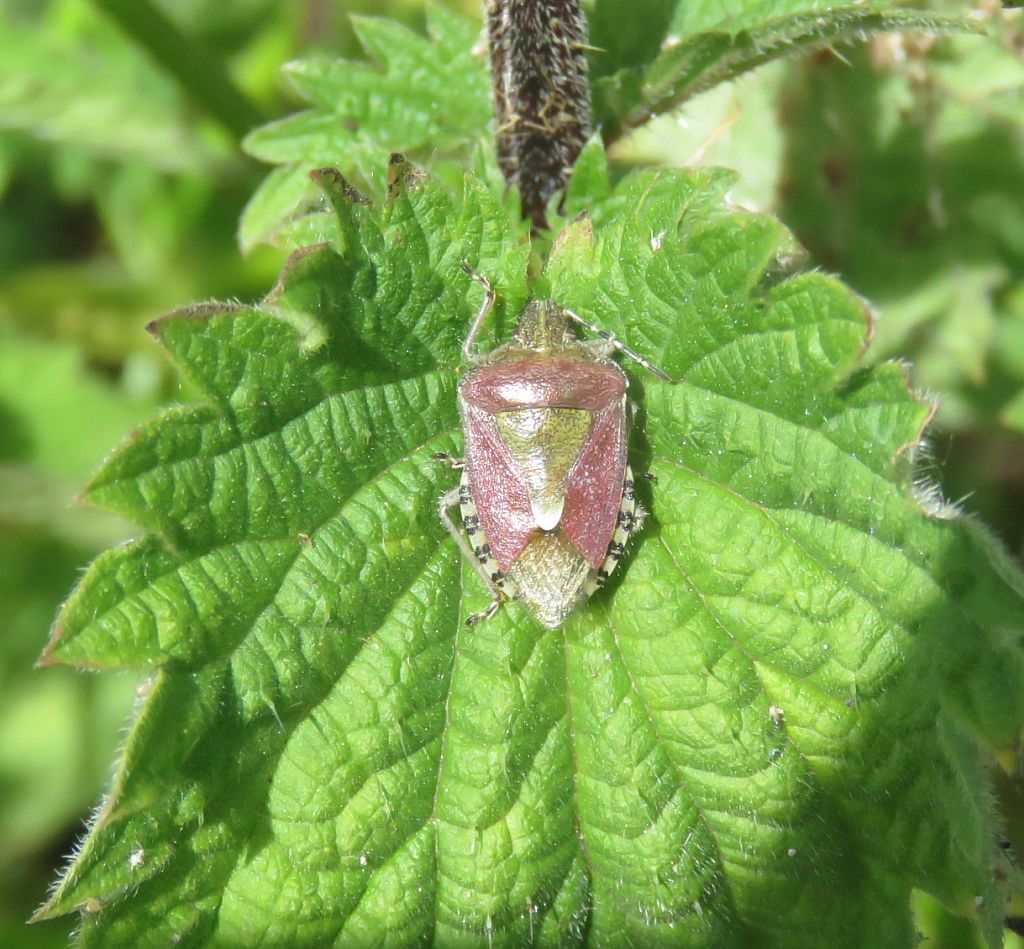 The Hairy theme continued in Area 10 today. On the Nettle patch by the Dinton Activity Centre during my regular lunchtime visits a Hairy Shieldbug Dolycoris baccarum (formally called the Sloe Shieldbug) was seen.
The Hairy theme continued in Area 10 today. On the Nettle patch by the Dinton Activity Centre during my regular lunchtime visits a Hairy Shieldbug Dolycoris baccarum (formally called the Sloe Shieldbug) was seen.
28/05/19
3404.jpg) A quick visit to Area 10 by the Dinton Activity Centre at lunchtime really paid divends with a first. A female Hairy Dragonfly Brachytron pratense was seen resting on riverside vegetation. The Hairy Dragonfly was, until recently, a very rare species in the UK, found only on the most pristine grazing marshes and wetlands. It has however recently expanded its range.
A quick visit to Area 10 by the Dinton Activity Centre at lunchtime really paid divends with a first. A female Hairy Dragonfly Brachytron pratense was seen resting on riverside vegetation. The Hairy Dragonfly was, until recently, a very rare species in the UK, found only on the most pristine grazing marshes and wetlands. It has however recently expanded its range.
27/05/19
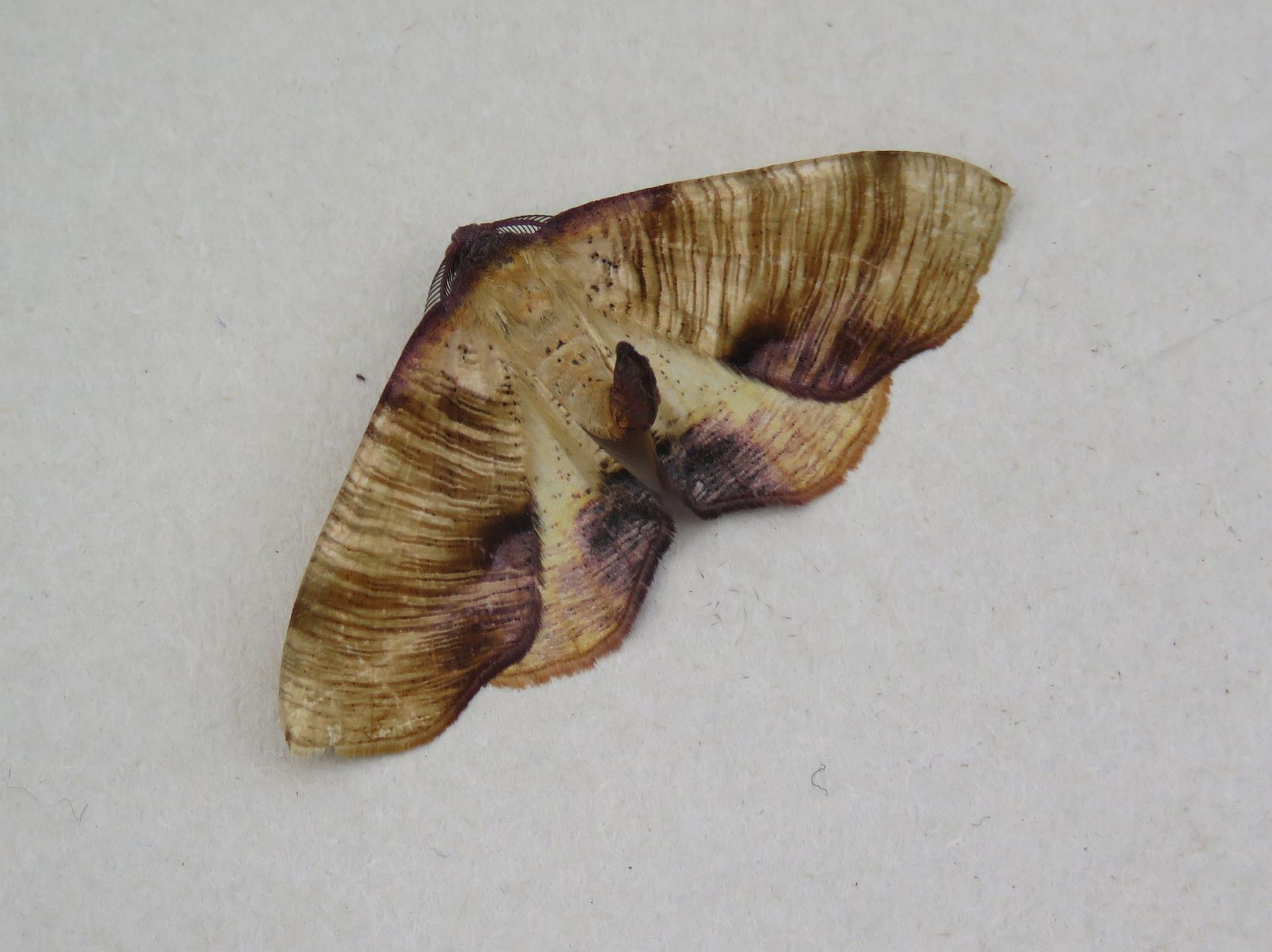 The moth trap was out again in my Area 5 garden overnight. Trapped were 26 moths of 12 species. Seen, recorded and then released were 2 Light Brown Apple Moth Epiphyas postvittana ,2 Shuttle shaped Dart Agrotis puta , Angle Shades Phlogophora meticulosa ,a solitary male Scorched Wing Plagodis dolabraria ,
The moth trap was out again in my Area 5 garden overnight. Trapped were 26 moths of 12 species. Seen, recorded and then released were 2 Light Brown Apple Moth Epiphyas postvittana ,2 Shuttle shaped Dart Agrotis puta , Angle Shades Phlogophora meticulosa ,a solitary male Scorched Wing Plagodis dolabraria , 10 Treble Lines Mimas tiliae , a Light Emerald Campaea margaritata and Riband Wave Idaea aversata a male Willow Beauty Peribatodes rhomboidaria , Buff Tip Phalera bucephala,Green Pug Pasiphila rectangulata and Common Rustic Mesapamea secalis . Found in the greenhouse was a Cinnabar Moth Tyria jacobaeae . A May Bug Lobophora halterata and the Caddisfly Mystacides longicornis
were also attracted to the light.This caddisfly is easy to identify due to its patterned wings. It has very long antennae and red eyes. The typical form has a striking pattern of brown and yellow shaded bars.
10 Treble Lines Mimas tiliae , a Light Emerald Campaea margaritata and Riband Wave Idaea aversata a male Willow Beauty Peribatodes rhomboidaria , Buff Tip Phalera bucephala,Green Pug Pasiphila rectangulata and Common Rustic Mesapamea secalis . Found in the greenhouse was a Cinnabar Moth Tyria jacobaeae . A May Bug Lobophora halterata and the Caddisfly Mystacides longicornis
were also attracted to the light.This caddisfly is easy to identify due to its patterned wings. It has very long antennae and red eyes. The typical form has a striking pattern of brown and yellow shaded bars.
26/05/19
 Sitting on the Barbed wire in the Area 10 car park field was a Four-spotted Chaser Libellula quadrimaculata seen by Alan Rymer.
The Four-spotted Chaser is easily recognised by the two dark spots on the leading edge of each wing - giving this species its name.
Sitting on the Barbed wire in the Area 10 car park field was a Four-spotted Chaser Libellula quadrimaculata seen by Alan Rymer.
The Four-spotted Chaser is easily recognised by the two dark spots on the leading edge of each wing - giving this species its name.
25/05/19
 3242.jpg) During the work party around the pond this morning, both Male and Female Swollen-thighed Beetle Oedemera nobilis were seen.
During the work party around the pond this morning, both Male and Female Swollen-thighed Beetle Oedemera nobilis were seen.3255.jpg) The green elytra (wing covers) are pointed and gape apart. The male and female of this beetle can easily be told apart, as the male has large green bulges on its femora or thighs, while the female does not.
The green elytra (wing covers) are pointed and gape apart. The male and female of this beetle can easily be told apart, as the male has large green bulges on its femora or thighs, while the female does not.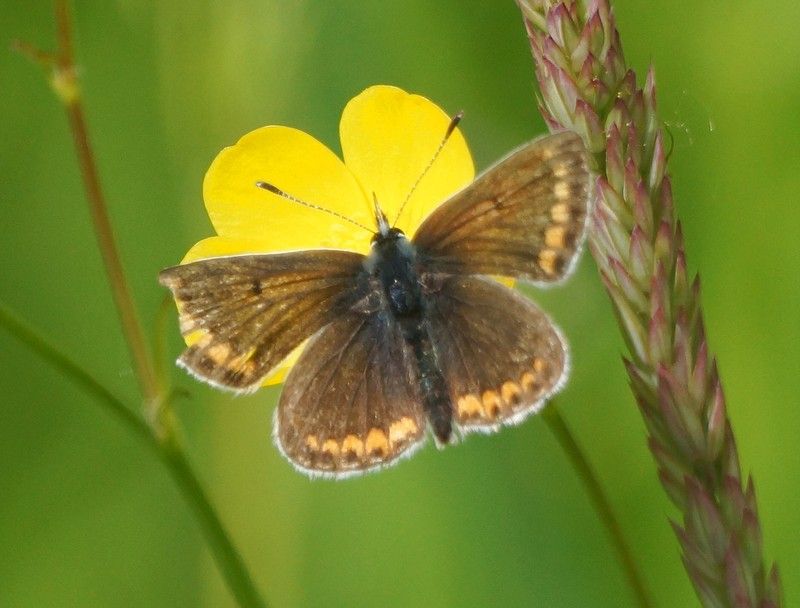 In Area 10 at the car park field Alan Rymer saw and photographed a tatty looking, but still first for the year Brown Argus Aricia agestis Butterfly, enjoying the Buttercups.
In Area 10 at the car park field Alan Rymer saw and photographed a tatty looking, but still first for the year Brown Argus Aricia agestis Butterfly, enjoying the Buttercups.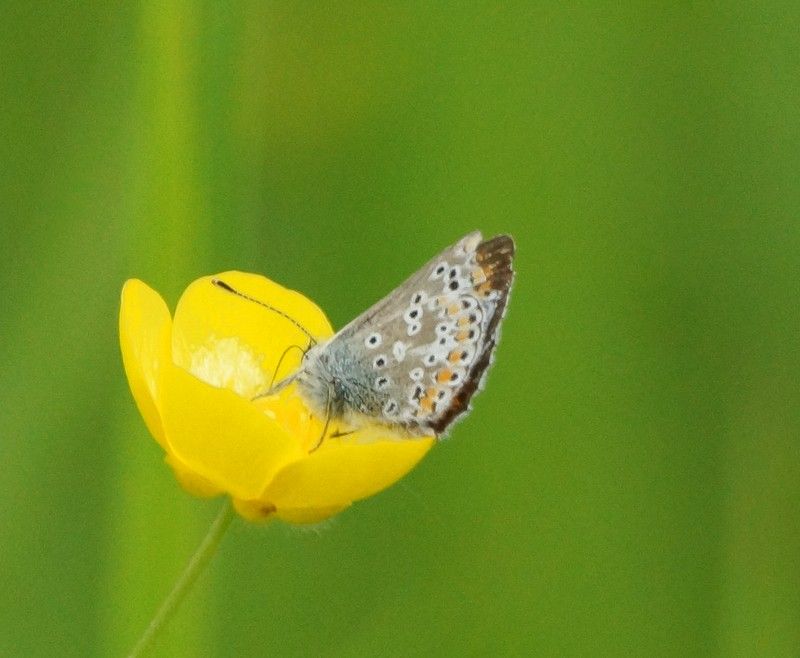 This is strangley one of the "Blue Butterflies" . However unlike most other "blues", the Brown Argus has no blue scales on its upperside, both sexes being primarily brown in colour as its common name suggests, although the butterfly does exhibit a blue sheen when at certain angles to the light. Both sexes have beautiful orange spots on the upperside of both forewings and hindwings.
This is strangley one of the "Blue Butterflies" . However unlike most other "blues", the Brown Argus has no blue scales on its upperside, both sexes being primarily brown in colour as its common name suggests, although the butterfly does exhibit a blue sheen when at certain angles to the light. Both sexes have beautiful orange spots on the upperside of both forewings and hindwings.
24/05/19
At 21:30 a male Stag Beetle Lucanus cervus was seen flying around my Area 5 front Garden.
Stag beetles are one of the most spectacular looking insects in Britain, named because the male’s large jaws look just like the antlers of a stag. They use their massive jaws to wrestle with other males when looking for a mate. As well as being one of the largest , they are sadly now one of our rarer beetles.
23/05/19
 At the car park field in Area 10 the day flying moth Mother Shipton Callistege mi was seen and photgraphed by Alan Rymer. Each forewing having creamy-coloured markings, the outlines of which resemble a witch’s face.The moth is named after Old Mother Shipton, a 16th century Yorkshire witch.
At the car park field in Area 10 the day flying moth Mother Shipton Callistege mi was seen and photgraphed by Alan Rymer. Each forewing having creamy-coloured markings, the outlines of which resemble a witch’s face.The moth is named after Old Mother Shipton, a 16th century Yorkshire witch.
22/05/19
3178.jpg) In the Area 10 sunshine this morning a Female Broad-bodied Chaser Libellula depressa was seen resting, a Male was also seen nearby this is my first of the year. Meanwhile in Area 9 at Blackberry Gardens a Red and Black Froghopper Cercopis vulnerata was seen in the low vegetation. This is a truly unmistakable red and black species and one of our largest sap sucking Insects. A European Hornet Vespa crabro was also seen.
In the Area 10 sunshine this morning a Female Broad-bodied Chaser Libellula depressa was seen resting, a Male was also seen nearby this is my first of the year. Meanwhile in Area 9 at Blackberry Gardens a Red and Black Froghopper Cercopis vulnerata was seen in the low vegetation. This is a truly unmistakable red and black species and one of our largest sap sucking Insects. A European Hornet Vespa crabro was also seen.
20/05/19
 In Area 10 Mayfly Ephemera danica were dancing over the Emm this afternoon. The adults hatch out, usually in the summer, and have very short lives (just hours in some cases) during which they display and breed; hatchings of hundreds of adult mayflies in the same spot at the same time often occur. Many species do not feed as adults as their sole purpose is to reproduce and once they have mated, they die. The common name is misleading as many mayflies can be seen all year-round, although one species does emerge in synchrony with the blooming of Hawthorn (or 'Mayflower').Also seen on the Docks were Black Bean Aphid Aphis fabae
In Area 10 Mayfly Ephemera danica were dancing over the Emm this afternoon. The adults hatch out, usually in the summer, and have very short lives (just hours in some cases) during which they display and breed; hatchings of hundreds of adult mayflies in the same spot at the same time often occur. Many species do not feed as adults as their sole purpose is to reproduce and once they have mated, they die. The common name is misleading as many mayflies can be seen all year-round, although one species does emerge in synchrony with the blooming of Hawthorn (or 'Mayflower').Also seen on the Docks were Black Bean Aphid Aphis fabae
18/05/19
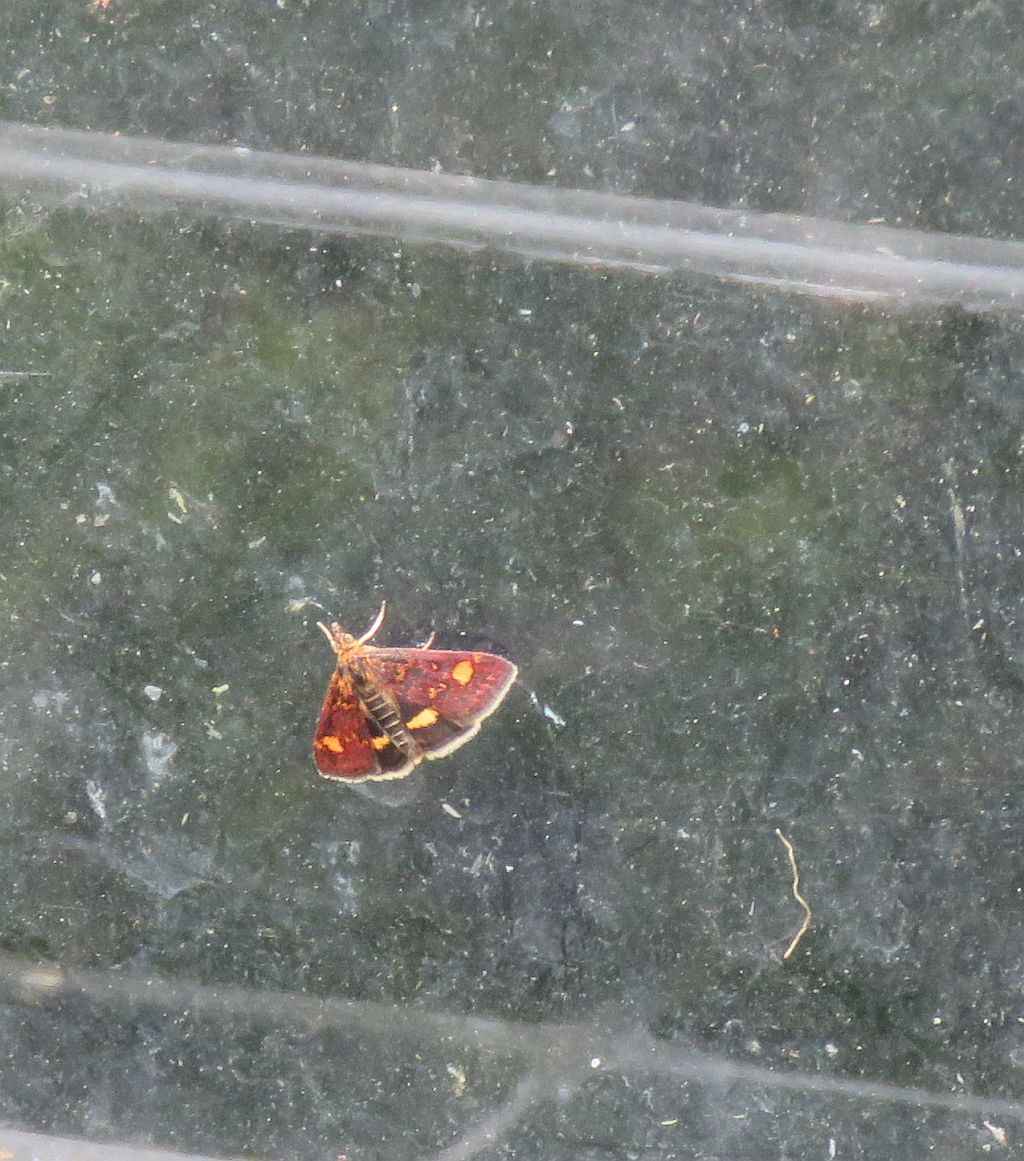 During weeding at my Area 3 Allotment a Silver Y Autographa gamma moth was seen. Meanwhile back in my Area 5 garden the day flying Mint Moth Pyrausta aurata was around the Mint.
During weeding at my Area 3 Allotment a Silver Y Autographa gamma moth was seen. Meanwhile back in my Area 5 garden the day flying Mint Moth Pyrausta aurata was around the Mint.
16/05/19
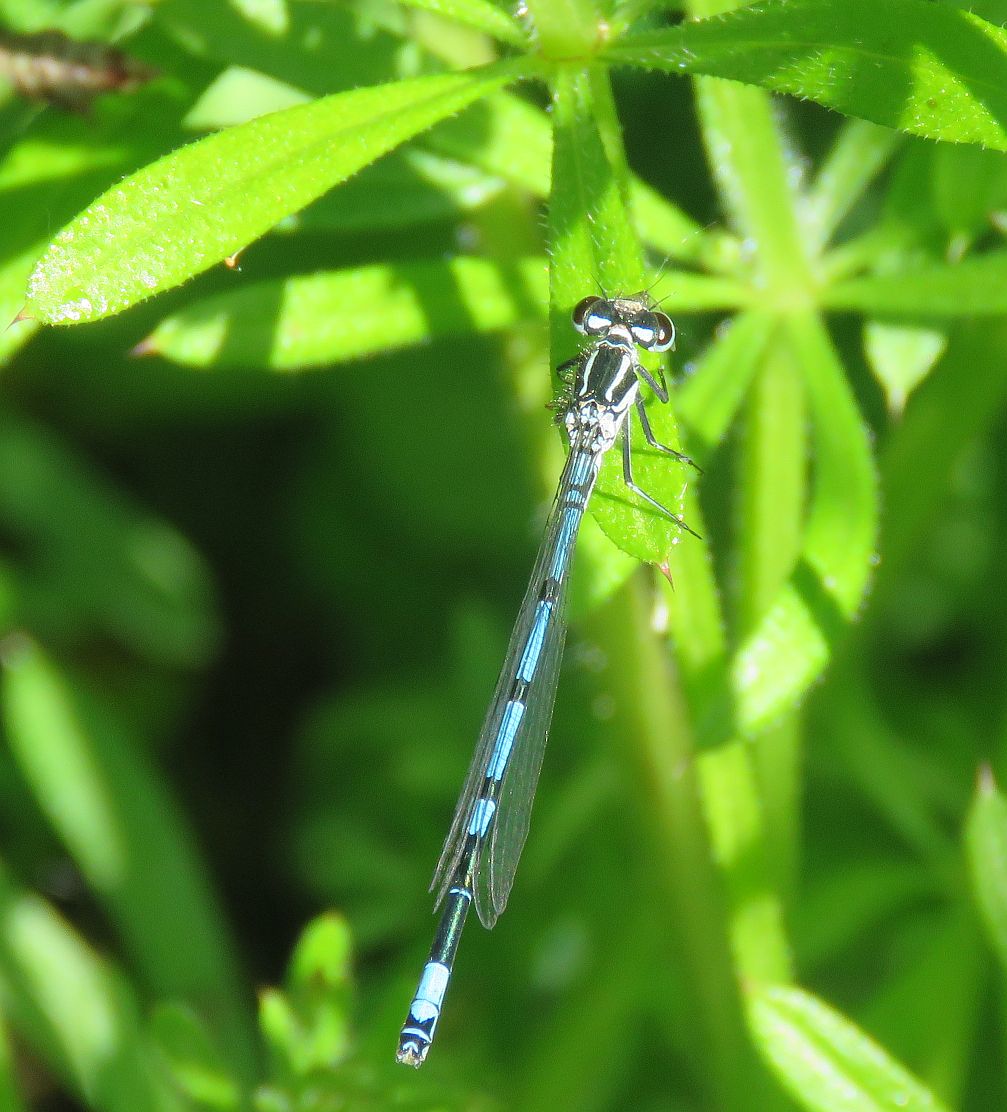 Before the work party on the pond in Area 5 this morning , I walked along the Emm and saw an Azure Damselfly Coenagrion puella sunning itself on the vegetation. Also seen was the Maidens Blush Cyclophora punctaria moth.
Before the work party on the pond in Area 5 this morning , I walked along the Emm and saw an Azure Damselfly Coenagrion puella sunning itself on the vegetation. Also seen was the Maidens Blush Cyclophora punctaria moth.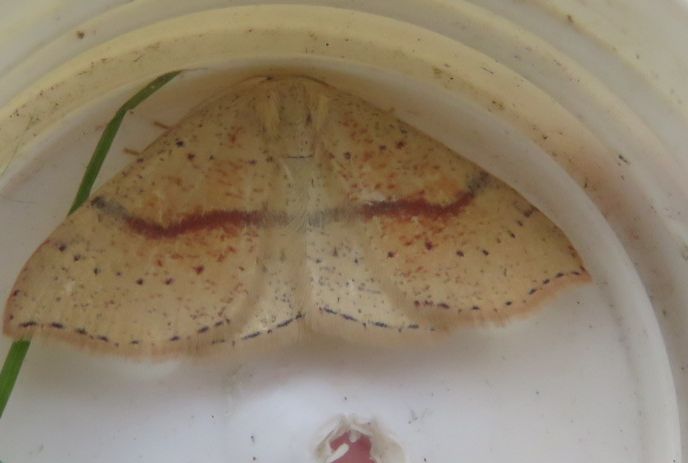 Also seen was a Maidens Blush Cyclophora punctaria moth fluttering through the grass.
Also seen was a Maidens Blush Cyclophora punctaria moth fluttering through the grass.
15/05/19
 There appears to have been a bit of a Damselfly explosion this week around the Carpark field and Dinton Activity Centre in Area 10. Seen were Blue tailed Damselfly Ischnura elegans , Male Banded Demoiselle Calopteryx splendens , Male and Female Beautiful Demoiselle Calopteryx virgo , Male and Female Red-Eyed Damselfly Erythromma najas and Common Blue Damselfly Enallagma cyathigerum all firsts for the year.
There appears to have been a bit of a Damselfly explosion this week around the Carpark field and Dinton Activity Centre in Area 10. Seen were Blue tailed Damselfly Ischnura elegans , Male Banded Demoiselle Calopteryx splendens , Male and Female Beautiful Demoiselle Calopteryx virgo , Male and Female Red-Eyed Damselfly Erythromma najas and Common Blue Damselfly Enallagma cyathigerum all firsts for the year. 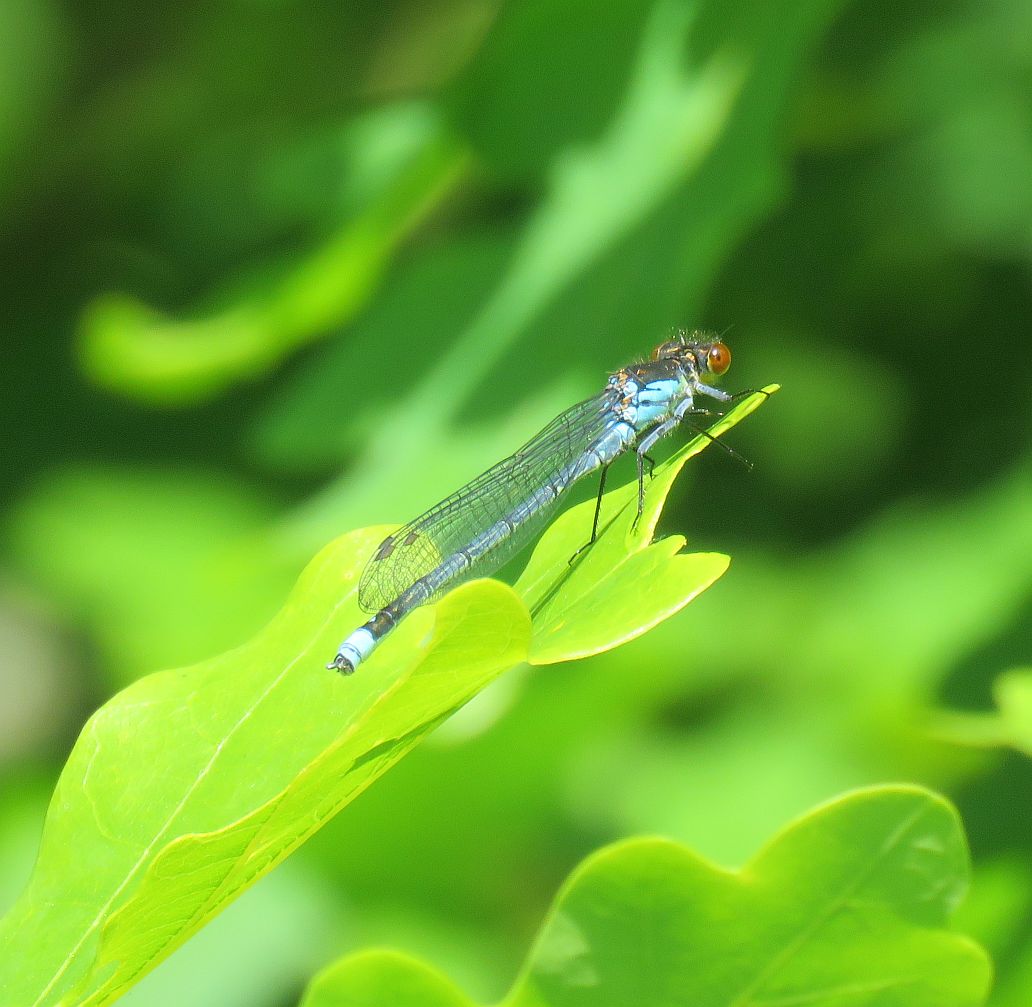 . Also seen were Large Red Damselfly Pyrrhosoma nymphula .
. Also seen were Large Red Damselfly Pyrrhosoma nymphula . A day flying moth Small Yellow Underwing Panemeria tenebrata was seen in and around the grass in the car park field.A first for the FOTEB Moth list.
A day flying moth Small Yellow Underwing Panemeria tenebrata was seen in and around the grass in the car park field.A first for the FOTEB Moth list.
11/05/19
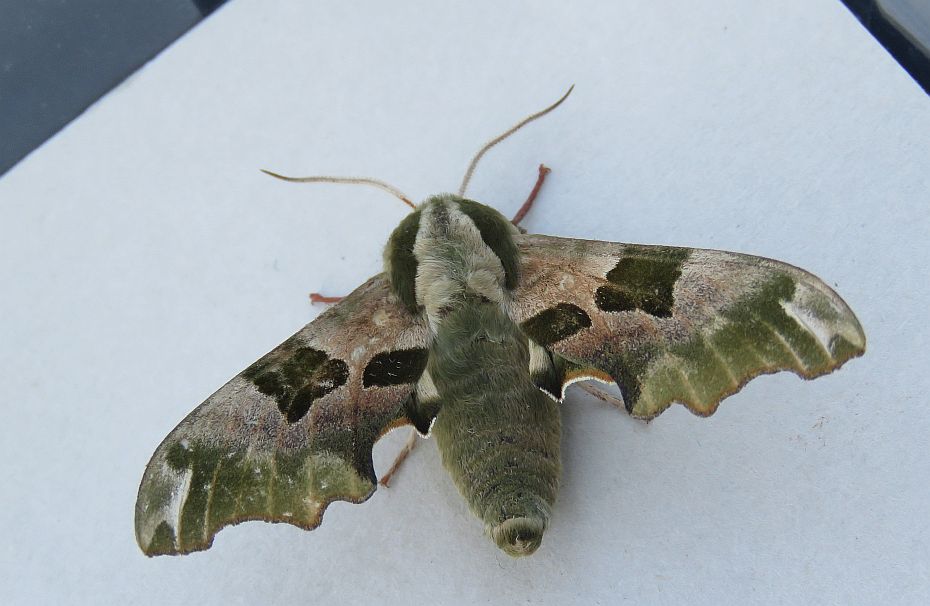 Once again the moth trap was deployed in my Area 5 garden overnight. Trapped were only 5 moths of 4 species probably due to the fairly low overnight temperature. These were a solitary Light Brown Apple Moth Epiphyas postvittana ,2 Shuttle shaped Dart Agrotis puta , a Pale Mottled Willow Paradrina clavipalpis
Once again the moth trap was deployed in my Area 5 garden overnight. Trapped were only 5 moths of 4 species probably due to the fairly low overnight temperature. These were a solitary Light Brown Apple Moth Epiphyas postvittana ,2 Shuttle shaped Dart Agrotis puta , a Pale Mottled Willow Paradrina clavipalpis 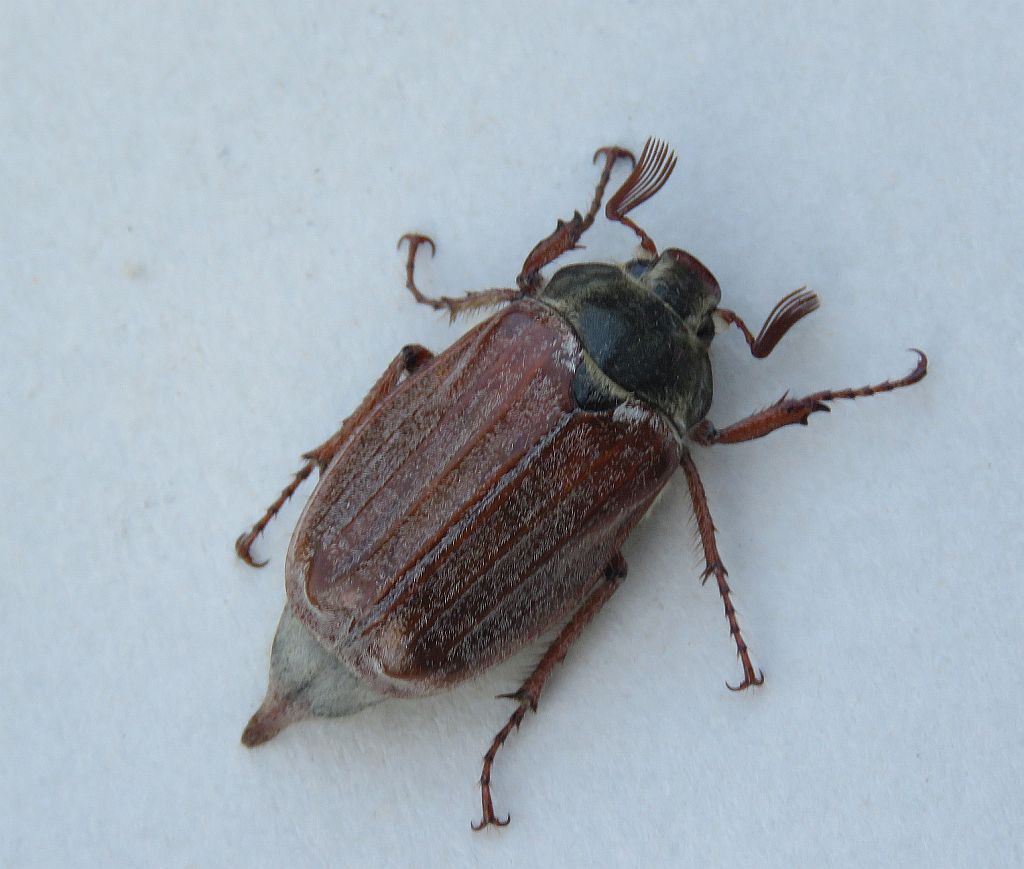 and for me the best was a Lime Hawk Moth Mimas tiliae also lured in was a May Bug Lobophora halterata . The Common Cockchafer or May Bug is the UK's largest scarab beetle (scarabs include dung beetles and chafers). With its rusty-brown wing cases, pointed 'tail' and fan-like antennae it is unmistakeable. It is a clumsy flier and makes a buzzing sound. Seen later in the day flying through my garden were Brimstone Gonepteryx rhamni , Holly Blue Celastrina argiolus and a male Orange Tip Anthocharis cardamines Butterflies.
and for me the best was a Lime Hawk Moth Mimas tiliae also lured in was a May Bug Lobophora halterata . The Common Cockchafer or May Bug is the UK's largest scarab beetle (scarabs include dung beetles and chafers). With its rusty-brown wing cases, pointed 'tail' and fan-like antennae it is unmistakeable. It is a clumsy flier and makes a buzzing sound. Seen later in the day flying through my garden were Brimstone Gonepteryx rhamni , Holly Blue Celastrina argiolus and a male Orange Tip Anthocharis cardamines Butterflies.
05/05/19
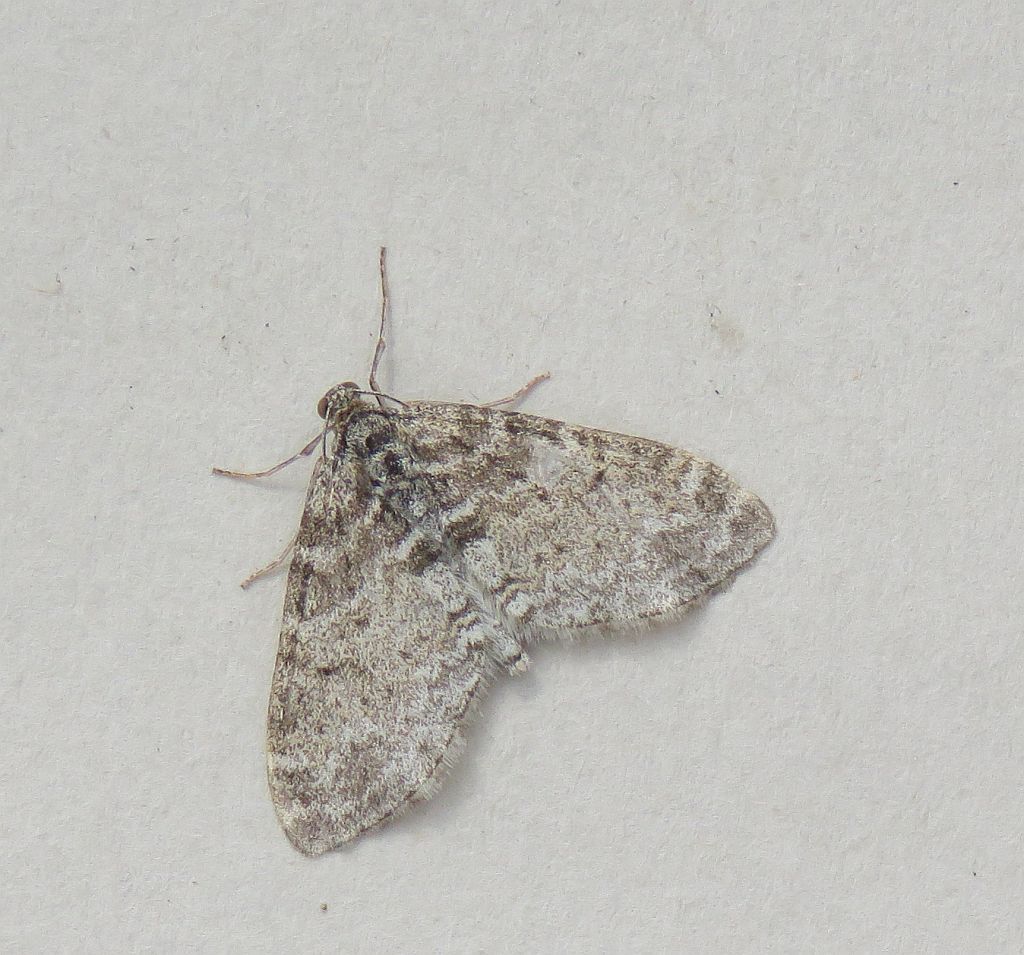 The Moth trap was on again in my Area 5 garden. Trapped were 9 moths of 6 species. These were a solitary Brimstone Opisthograptis luteolata a Hebrew Character Orthosia gothica , 3 Shuttle shaped Dart Agrotis puta , 2 Heart and Dart Agrotis exclamationis , the Common Plume Emmelina monodactyla and a Seraphim Lobophora halterata .
The Moth trap was on again in my Area 5 garden. Trapped were 9 moths of 6 species. These were a solitary Brimstone Opisthograptis luteolata a Hebrew Character Orthosia gothica , 3 Shuttle shaped Dart Agrotis puta , 2 Heart and Dart Agrotis exclamationis , the Common Plume Emmelina monodactyla and a Seraphim Lobophora halterata .
04/05/19
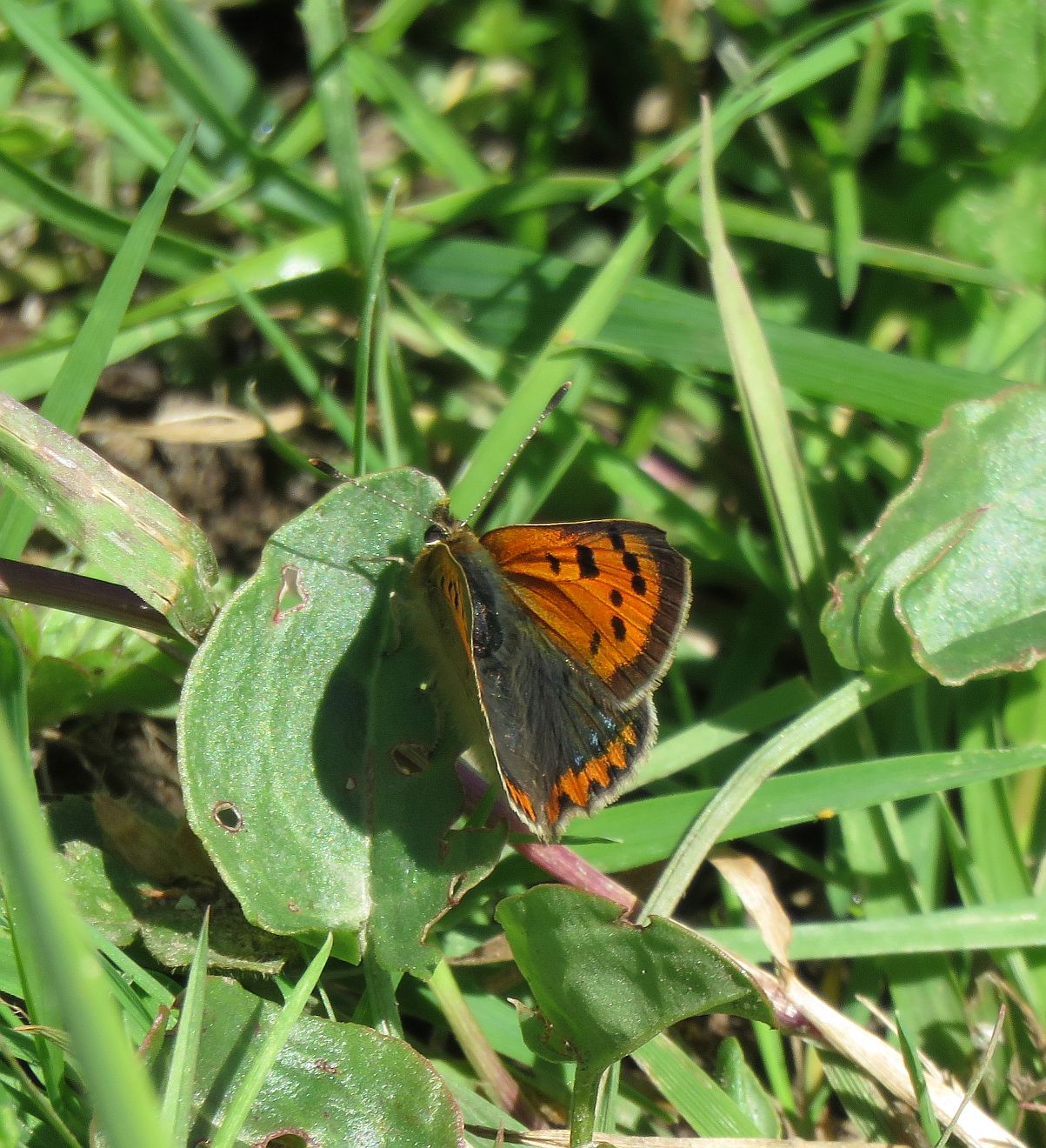 It was a day of very mixed weather today,with sun, rain and hail. So I was suprised when I saw my first Small Copper Lycaena phlaeas , of the year in the Area 10 Car Park field.This now brings the FOTEB Butterfly list to 10 species for the year.
It was a day of very mixed weather today,with sun, rain and hail. So I was suprised when I saw my first Small Copper Lycaena phlaeas , of the year in the Area 10 Car Park field.This now brings the FOTEB Butterfly list to 10 species for the year. 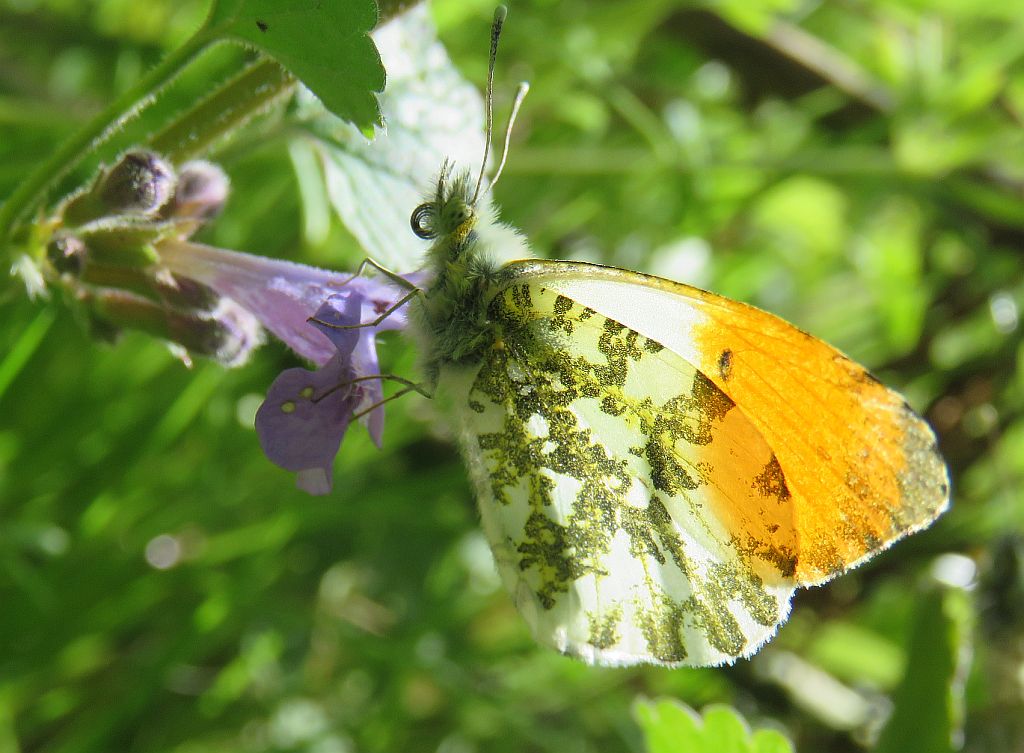 Other Butterflies seen Brimstone Gonepteryx rhamni , and male and female Orange Tip Anthocharis cardamines.
Other Butterflies seen Brimstone Gonepteryx rhamni , and male and female Orange Tip Anthocharis cardamines.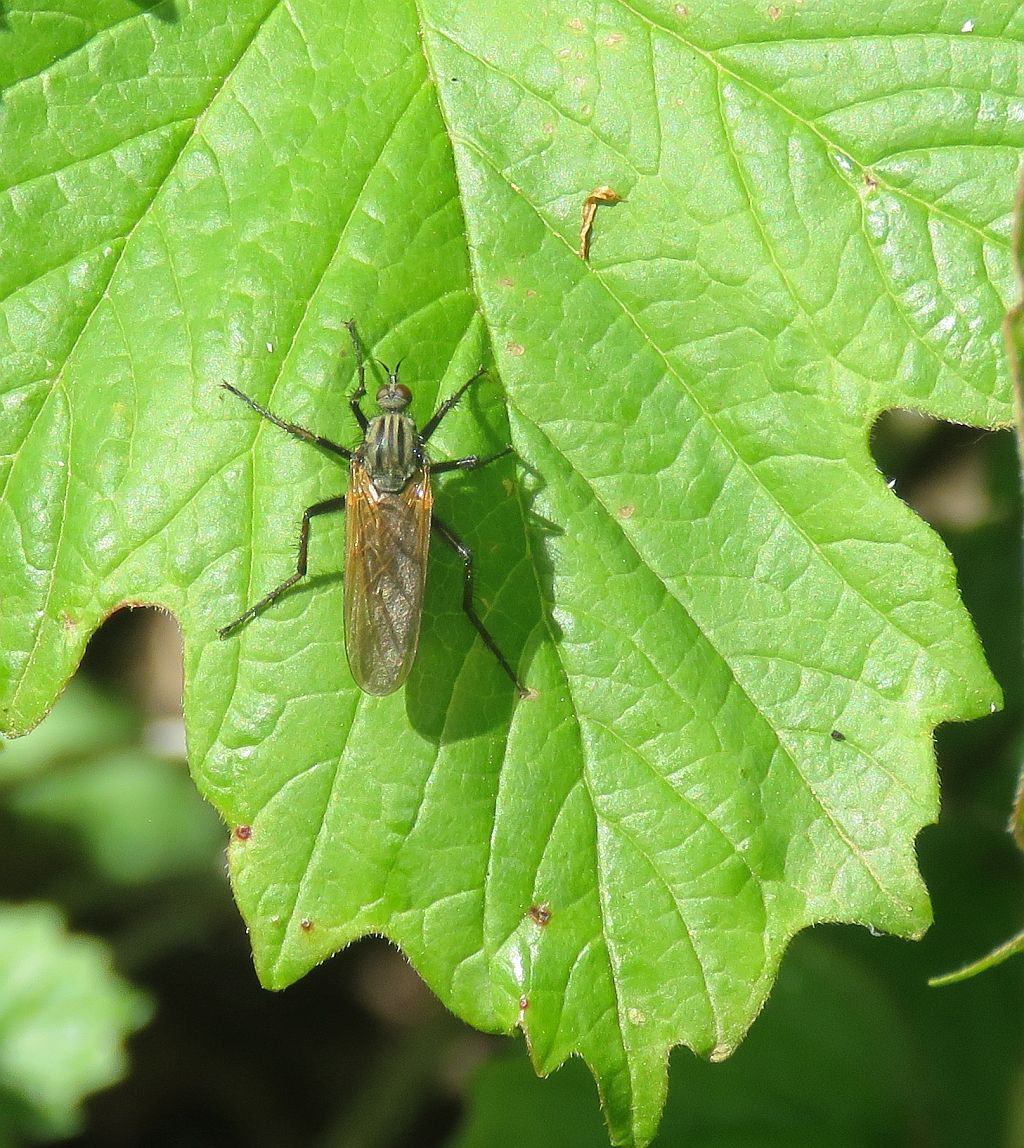 Also seen was the large, drab green-brown bristly fly Empis tessellata with brown-tinged wings is distinguished from the very similar Empis opaca by its black thighs.
Interestingly though, it feeds on nectar but it is also a predator and catches other insects using its long pointed proboscis to pierce their bodies. Males of Empis tessellata present a 'gift' to the female, in the form of a dead insect, before mating takes place. Females will not mate with males who do not present a gift.
Also seen was the large, drab green-brown bristly fly Empis tessellata with brown-tinged wings is distinguished from the very similar Empis opaca by its black thighs.
Interestingly though, it feeds on nectar but it is also a predator and catches other insects using its long pointed proboscis to pierce their bodies. Males of Empis tessellata present a 'gift' to the female, in the form of a dead insect, before mating takes place. Females will not mate with males who do not present a gift.
02/05/19
 Back to Area 10 again and the Car Park field. Butterflies seen were Green Veined White Pieris napi , Speckled Wood Pararge aegeria , Holly Blue Celastrina argiolus , and a male Orange Tip Anthocharis cardamines. The hedge was bathed in sunlight and my first Damselflies of the year were seen. These were Large Red Damselfly Pyrrhosoma nymphula and Beautiful Demoiselle Calopteryx virgo .
Back to Area 10 again and the Car Park field. Butterflies seen were Green Veined White Pieris napi , Speckled Wood Pararge aegeria , Holly Blue Celastrina argiolus , and a male Orange Tip Anthocharis cardamines. The hedge was bathed in sunlight and my first Damselflies of the year were seen. These were Large Red Damselfly Pyrrhosoma nymphula and Beautiful Demoiselle Calopteryx virgo .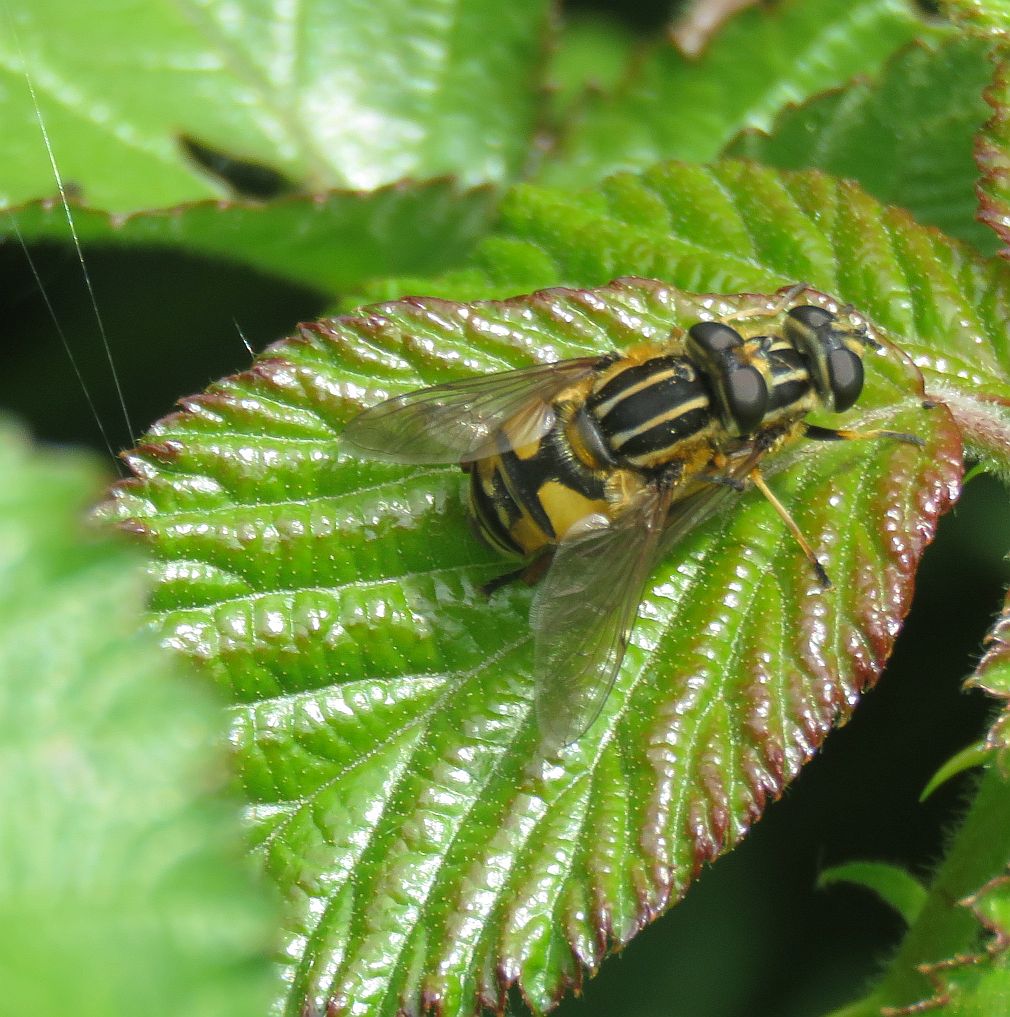 Also seen basking in the sunlight were Dock Bug Coreus marginatus, a
Dark-edged Bee-fly Bombylius major, Drone Fly Eristalis tenax ,Figwort Sawfly Tenthredo scrophulariae,
Also seen basking in the sunlight were Dock Bug Coreus marginatus, a
Dark-edged Bee-fly Bombylius major, Drone Fly Eristalis tenax ,Figwort Sawfly Tenthredo scrophulariae, and mating Helophilus pendulus Hoverflies. A Scalloped Hazel Odontopera bidentata. moth caterpillar, was munching its way through Hazel leaves. Also seen were a Oak Apple Gall , the Gall is caused by the Oak Apple Gall Wasp Biorhiza pallida and a Marbled Oak Tortrix Hedya nubiferana Moth.
and mating Helophilus pendulus Hoverflies. A Scalloped Hazel Odontopera bidentata. moth caterpillar, was munching its way through Hazel leaves. Also seen were a Oak Apple Gall , the Gall is caused by the Oak Apple Gall Wasp Biorhiza pallida and a Marbled Oak Tortrix Hedya nubiferana Moth.
01/05/19
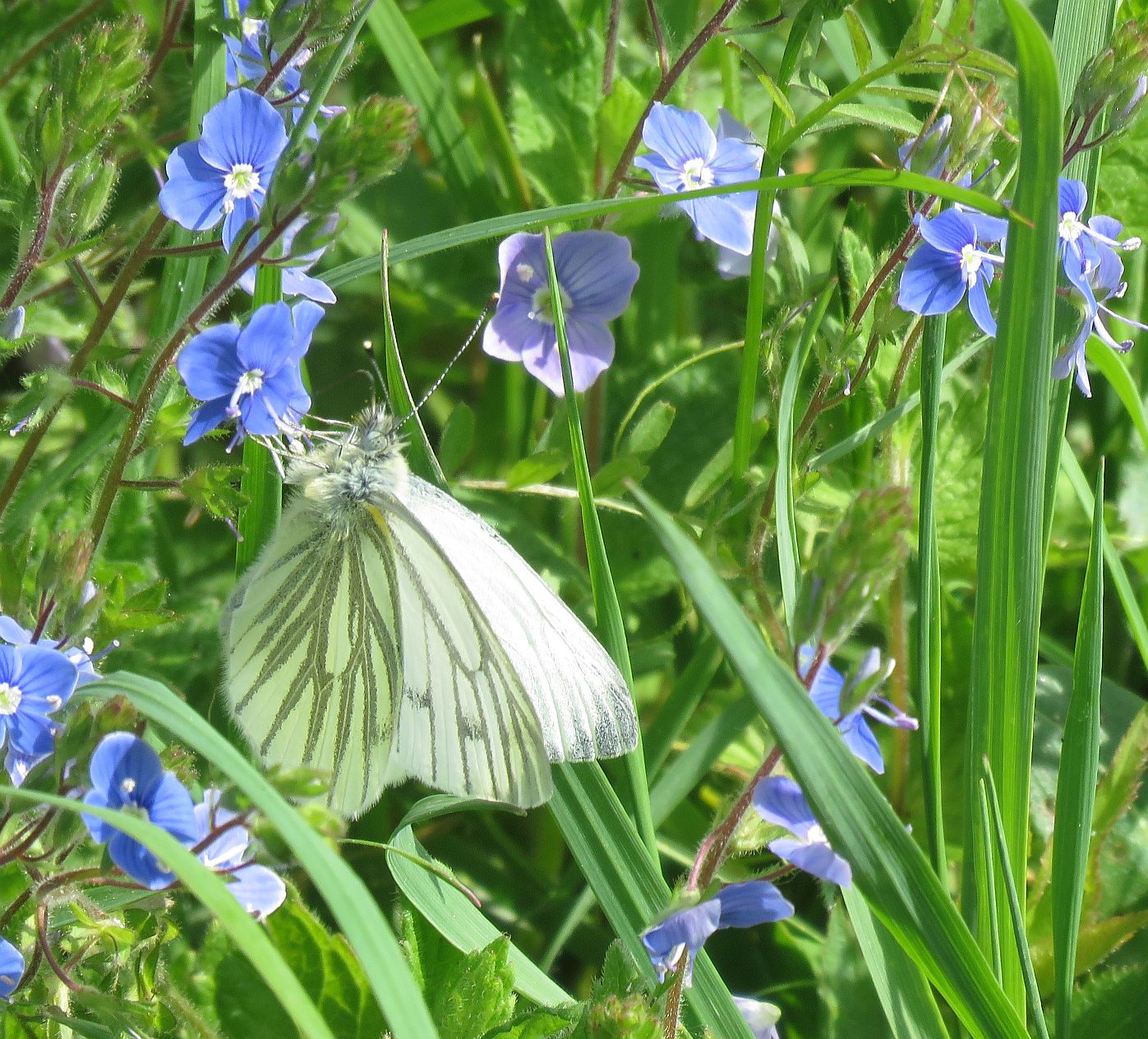 I visited Area 10 this morning, in the sunshine. My first Green Veined White Pieris napi of the year was seen.It alighted on a Cuckoo Flower, one of its larval food plants before moving onto the grass.Also seen was an unidentified Dragonfly.The Green Dock Beetle Gastrophysa viridula, was seen on the leaves of the Docks.
I visited Area 10 this morning, in the sunshine. My first Green Veined White Pieris napi of the year was seen.It alighted on a Cuckoo Flower, one of its larval food plants before moving onto the grass.Also seen was an unidentified Dragonfly.The Green Dock Beetle Gastrophysa viridula, was seen on the leaves of the Docks.

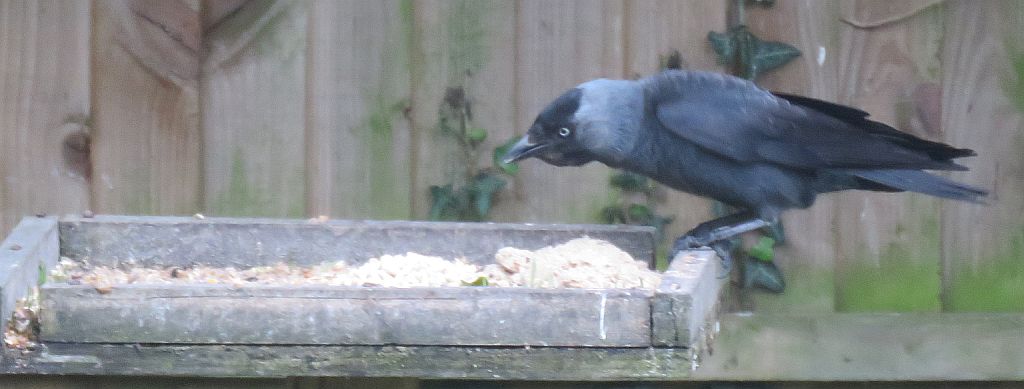

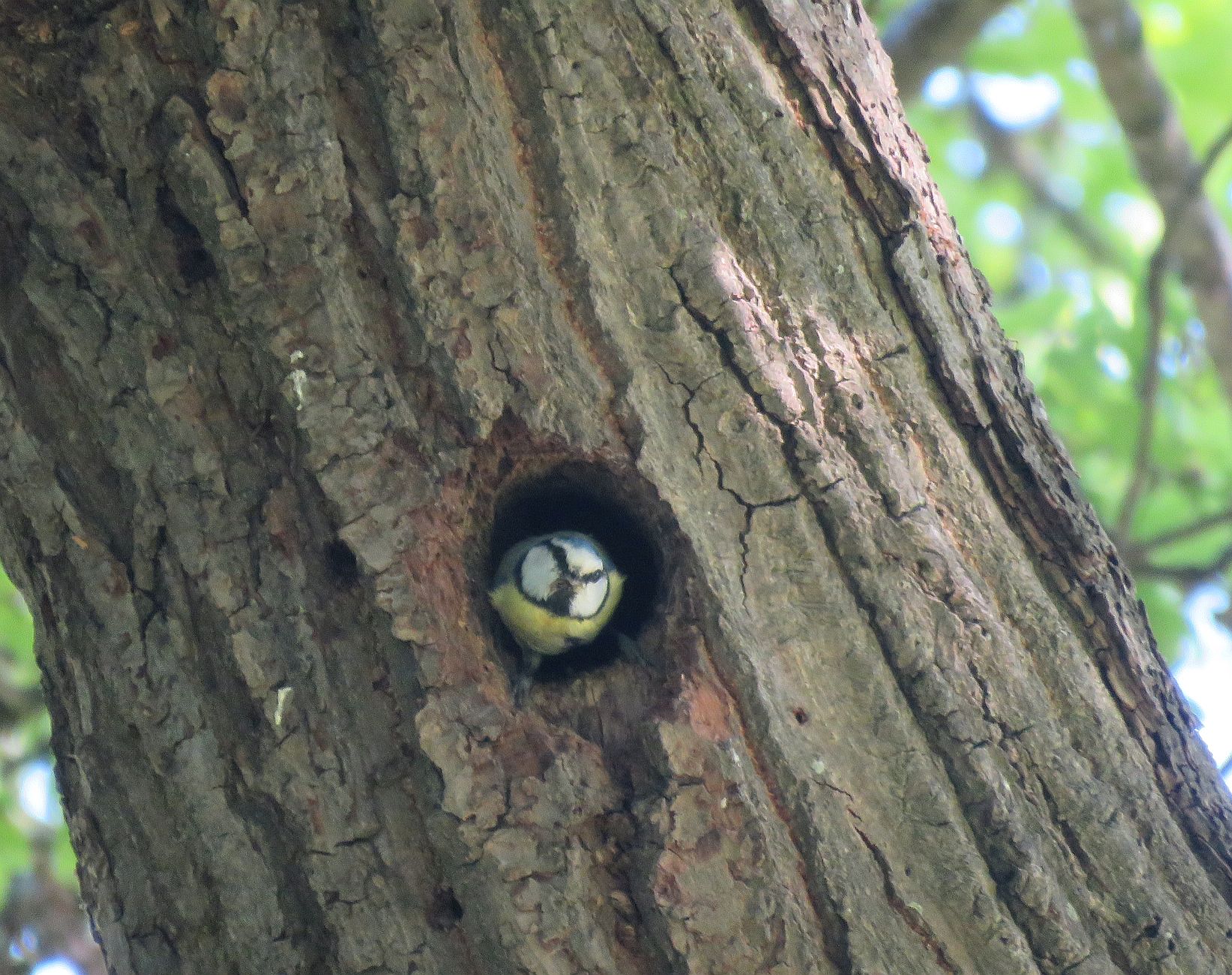
2691.jpg)
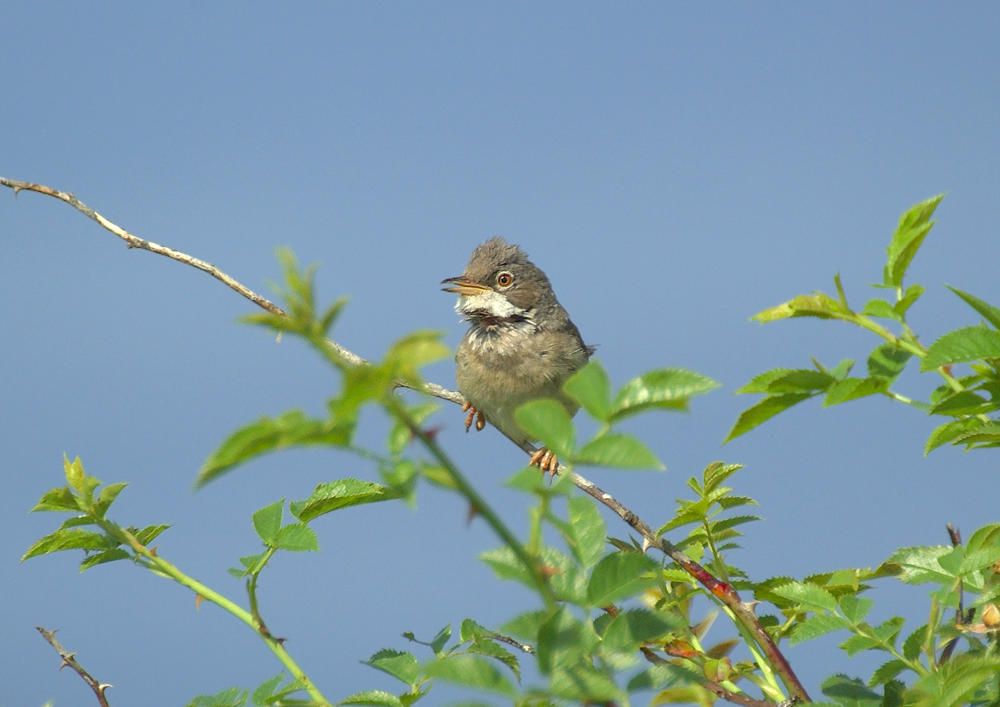
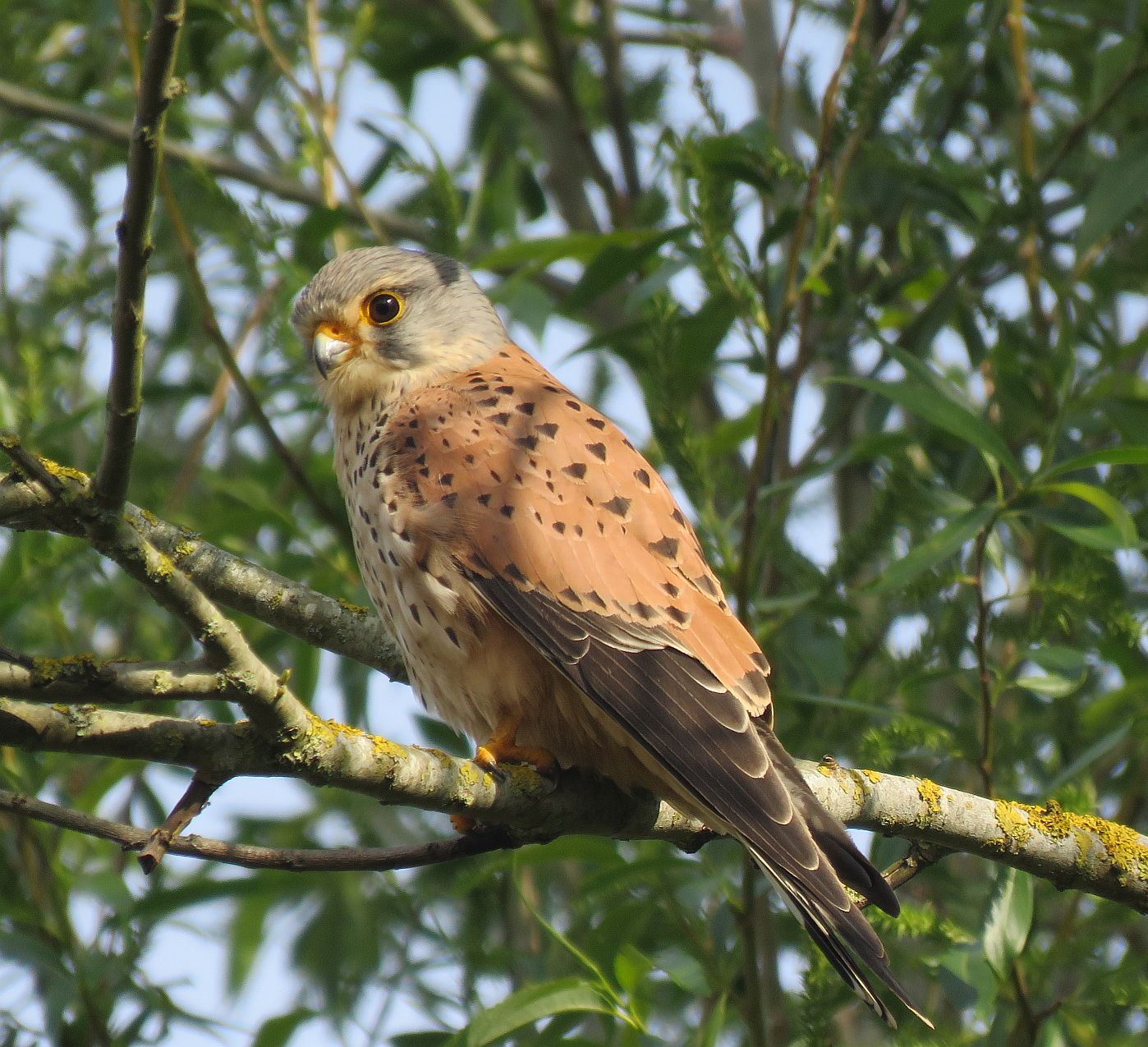
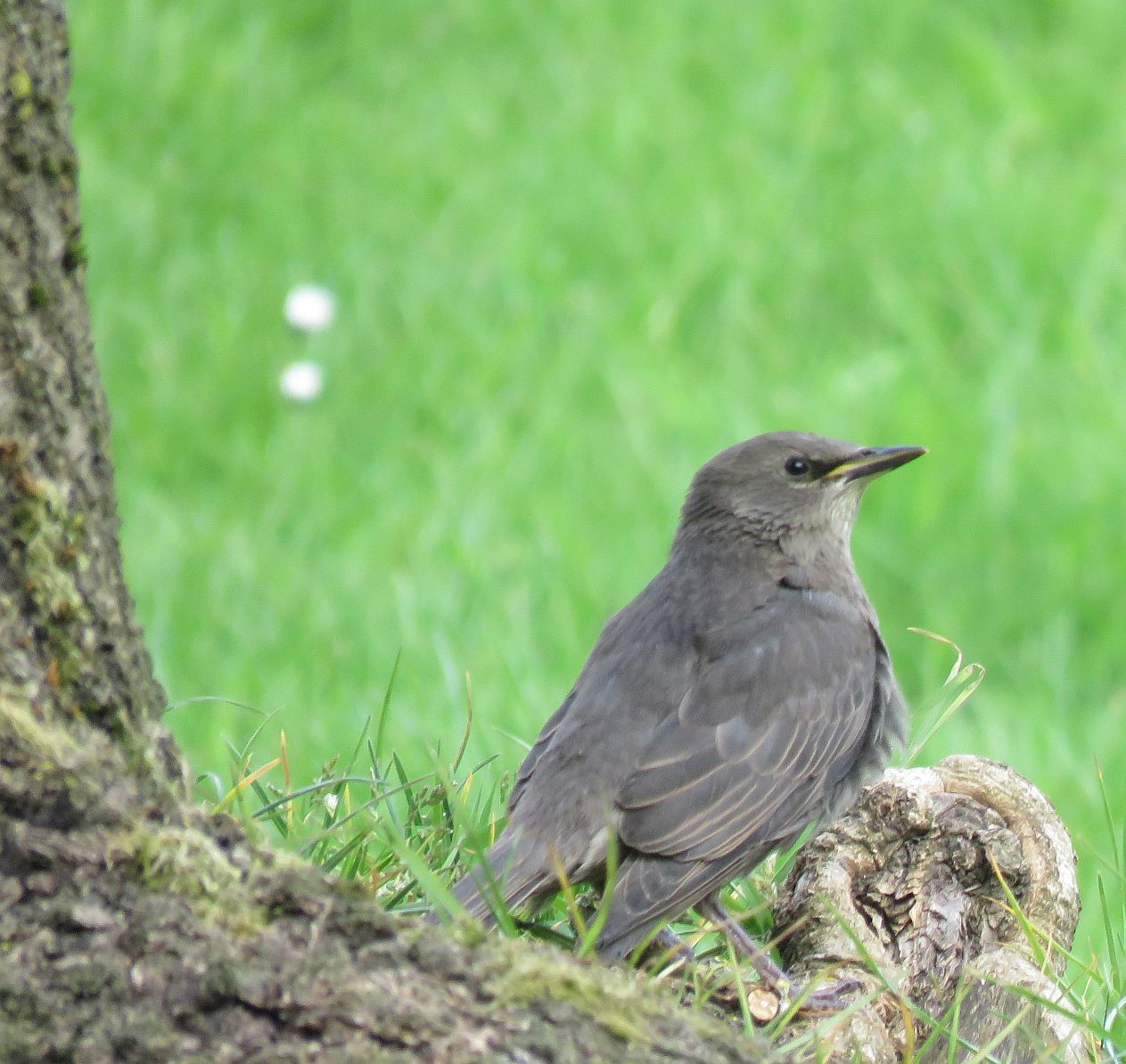
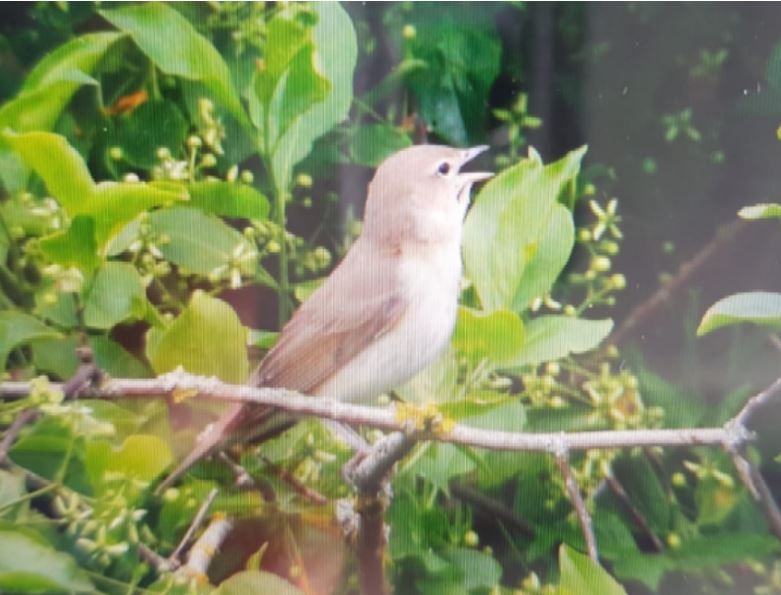
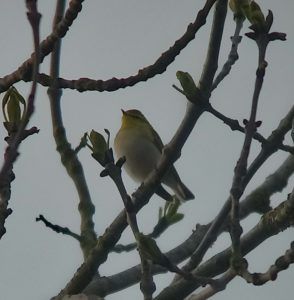

3404.jpg)



 3242.jpg)
3255.jpg)



3178.jpg)

















